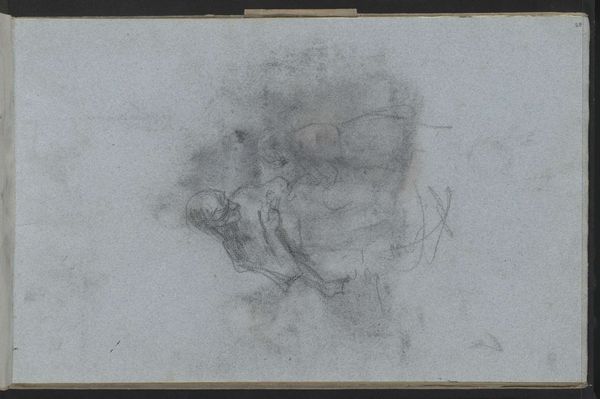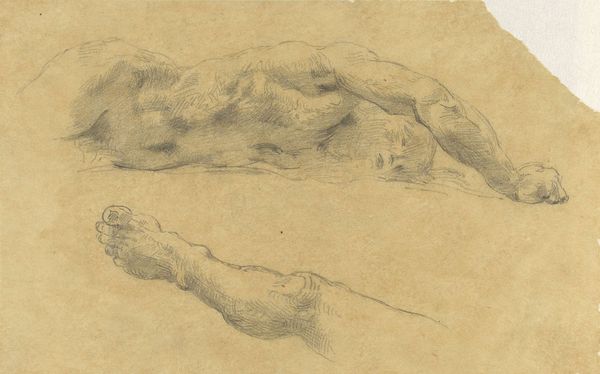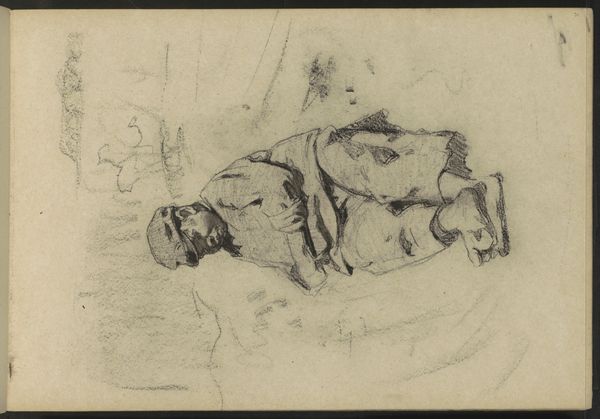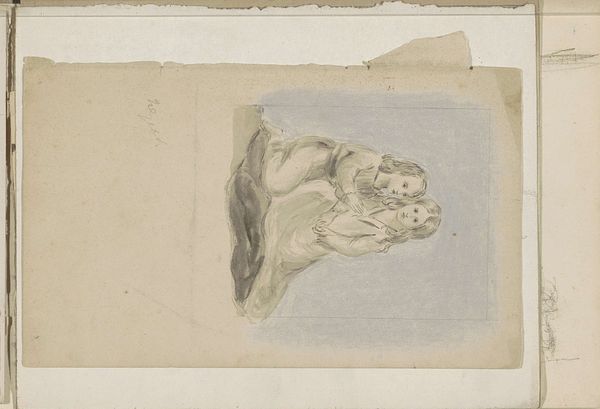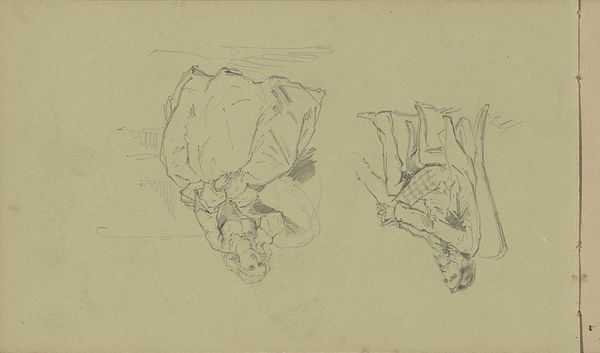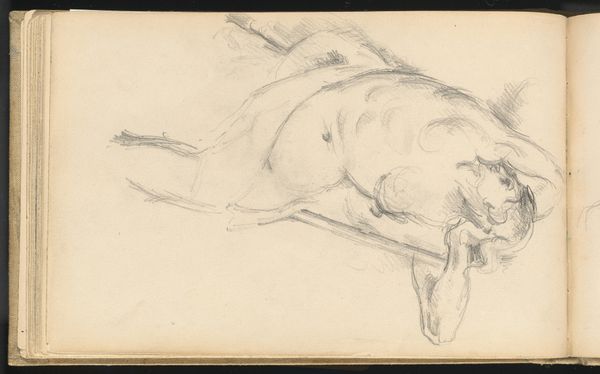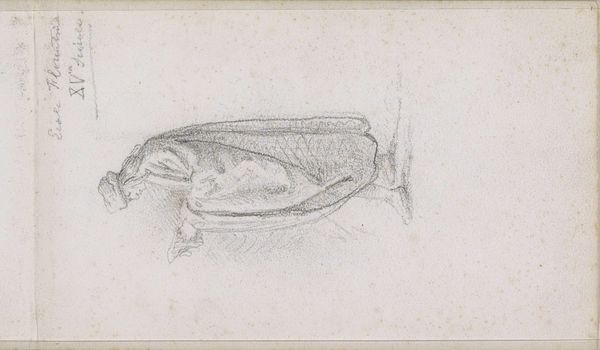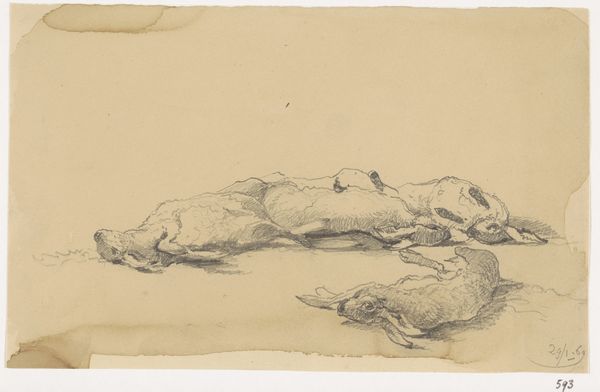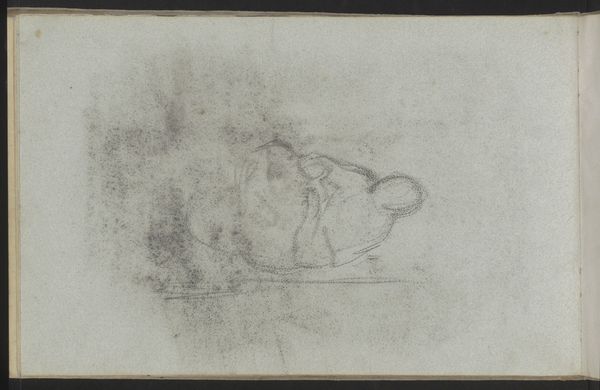
drawing, paper, pencil
#
portrait
#
drawing
#
pencil sketch
#
paper
#
pencil
#
realism
Copyright: Rijks Museum: Open Domain
Editor: Here we have "Mother with a Girl on her Lap," a pencil drawing on paper by Albert Neuhuys, dating roughly from the late 19th century. The sketch feels quite intimate, even with its unfinished quality. What stands out to you in this piece? Curator: The image pulsates with primal maternal iconography. The lines, though sketched, capture an enduring cultural script - the mother as a nurturing and protective figure. Note how the circular composition encloses them, reminiscent of the Madonna and Child imagery from centuries prior, subtly echoing themes of safety and devotion. Editor: I see what you mean about the composition. Does the sketch medium change how we interpret the subjects? Curator: It allows for an interesting ambivalence. Pencil, being so immediate, hints at a raw, unfiltered emotion, but also a sense of fleetingness. Perhaps it symbolizes the transient nature of childhood, or even the artist’s own reflection on the memory of motherhood. The realism style pushes it toward observed life, but Neuhuys distills this life event into a archetypal mother-child relation through subtle lines that call the past into being. Editor: It’s fascinating how much symbolic weight can be carried by what seems like a simple sketch. It makes you consider the continuous evolution of archetypes in art. Curator: Precisely. The power of images lies not only in what they depict, but in the cultural memory they invoke, shaping and reinforcing our understanding of universal experiences. Perhaps consider now, what feelings and cultural attitudes *you* see embodied. Editor: I definitely have a lot more to consider now about the dialogue between past symbols and lived experiences depicted in art! Thank you!
Comments
No comments
Be the first to comment and join the conversation on the ultimate creative platform.
